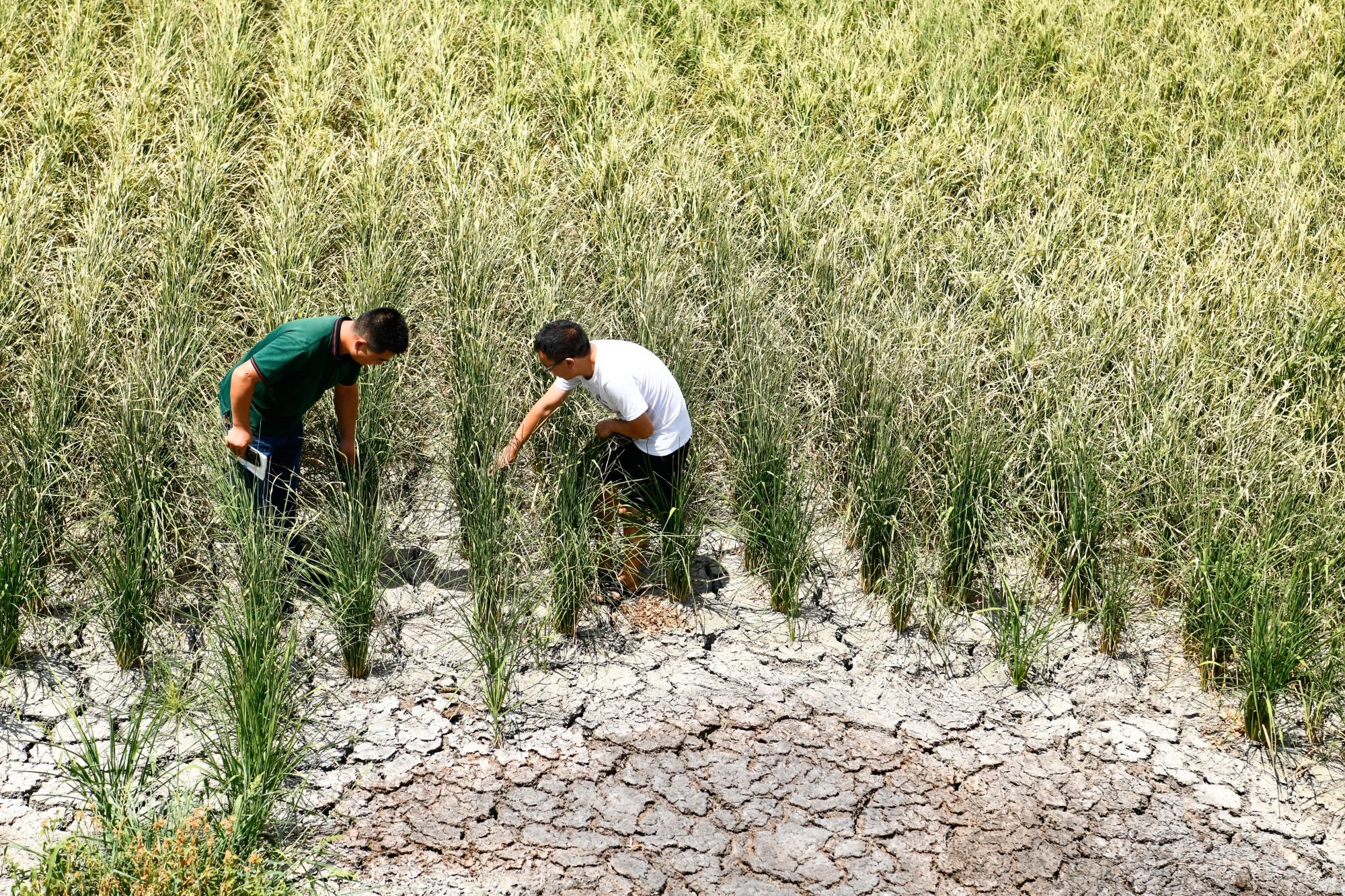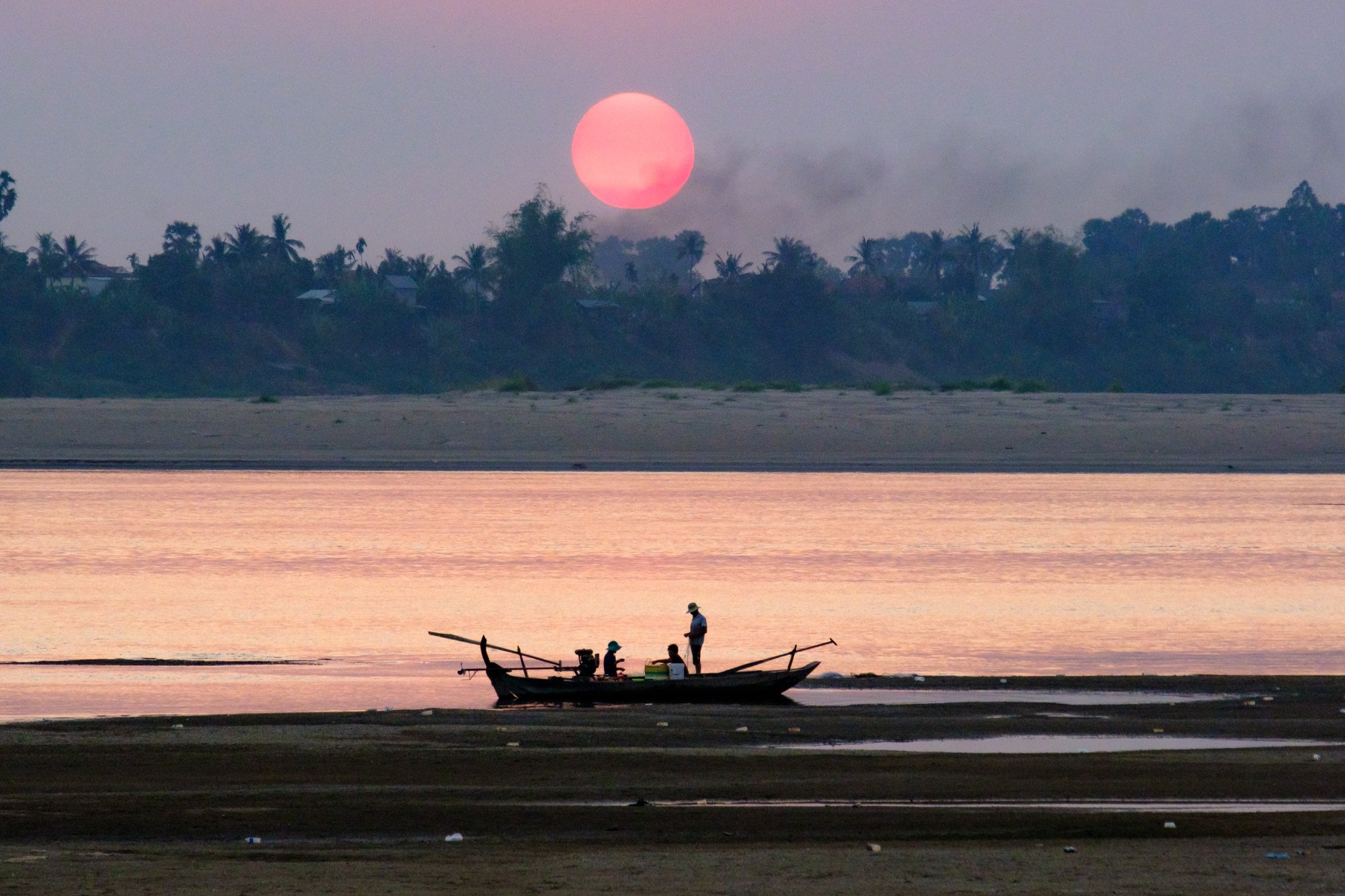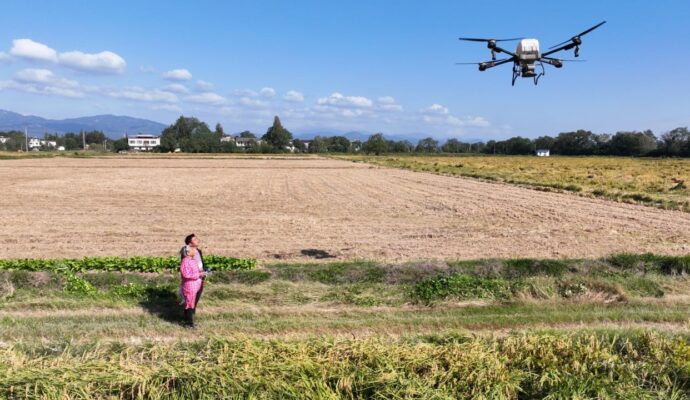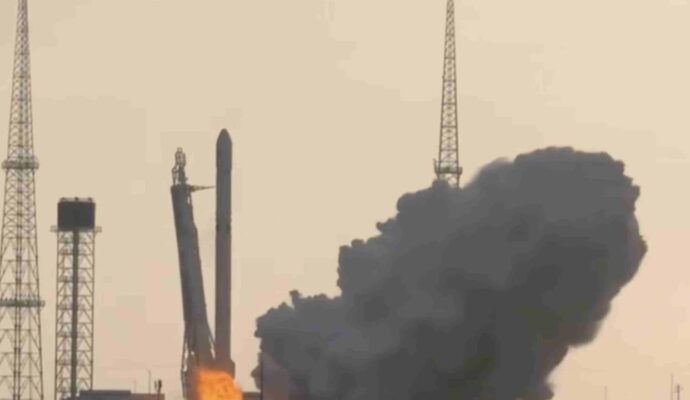“Streamflow extremes coincide with distinct shifts in local populations that occurred during medieval times, including the occupation and subsequent collapse of Angkor Wat from the 11th to the 16th century,” the team wrote in an article published in the peer-reviewed journal Nature Geoscience last month.

In the study, the team reconstructed the streamflow of the Mekong, Salween and Yarlung Tsangpo rivers from the year 1000 all the way to 2018.
By analysing the width of growth rings from juniper, spruce and fir trees, they could determine water supply over time, as trees grow more with a higher amount of available water.
Reconstructing the streamflow of those particular rivers was important as the world’s most densely populated region is in the downstream reaches of the three waterways, according to the researchers.
21st century technology comes to the aid of China’s melting glaciers
21st century technology comes to the aid of China’s melting glaciers
The team said from the 1050s to the 1190s, a strong increase in flow rate was paralleled by rapid socioeconomic and cultural growth in the region.
This included the rise of the Bagan dynasty, the first dynasty in Myanmar’s history which built the foundation of its culture, and the related unification of the country from the 1050s to the 1070s.

It also coincided with the rise of the Khmer empire in today’s Cambodia and the construction of the temple complex Angkor Wat from the 1110s to the 1150s, as well as the conquest of the ancient Indochinese kingdom Champa in the middle of the 12th century.
But decreasing streamflow from the early 13th century to the late 15th century saw “the intervention of external forces and several major challenges to the socioeconomic, political and cultural systems of Southeast Asia,” according to the study.
For example, between 1280 and 1340, low water supply coincided with a major crisis in the Bagan dynasty including the Mongol invasion in 1287.
“This crisis was characterised by economic dislocation, political turmoil and the division of Myanmar,” the authors said.
Scale of glacier loss in Himalayas previously hidden, say scientists
Scale of glacier loss in Himalayas previously hidden, say scientists
The most prolonged low-streamflow period of the past 1,000 years, from 1360 to 1500, also saw the collapse of the Khmer empire and the slow abandonment of Angkor Wat, the study found.
The territory of the later Le dynasty – the longest-lasting dynasty of traditional Vietnam – expanded to approach the size of modern Vietnam through the conquest of the Kingdom of Champa in the low streamflow period in the 1470s.
“Even though prosperous nations may be more resilient and potentially more adaptive to climatic extremes, the influence of long-term adverse environmental factors may affect this resilience, and hydrological extremes may trigger gradual societal changes,” the authors said.
Chen noted that the streamflows the team studied are affected by both rain and glaciers.
“As the globe warms, international cooperation is needed to jointly manage the increase and allocation of water resources,” Chen said.



